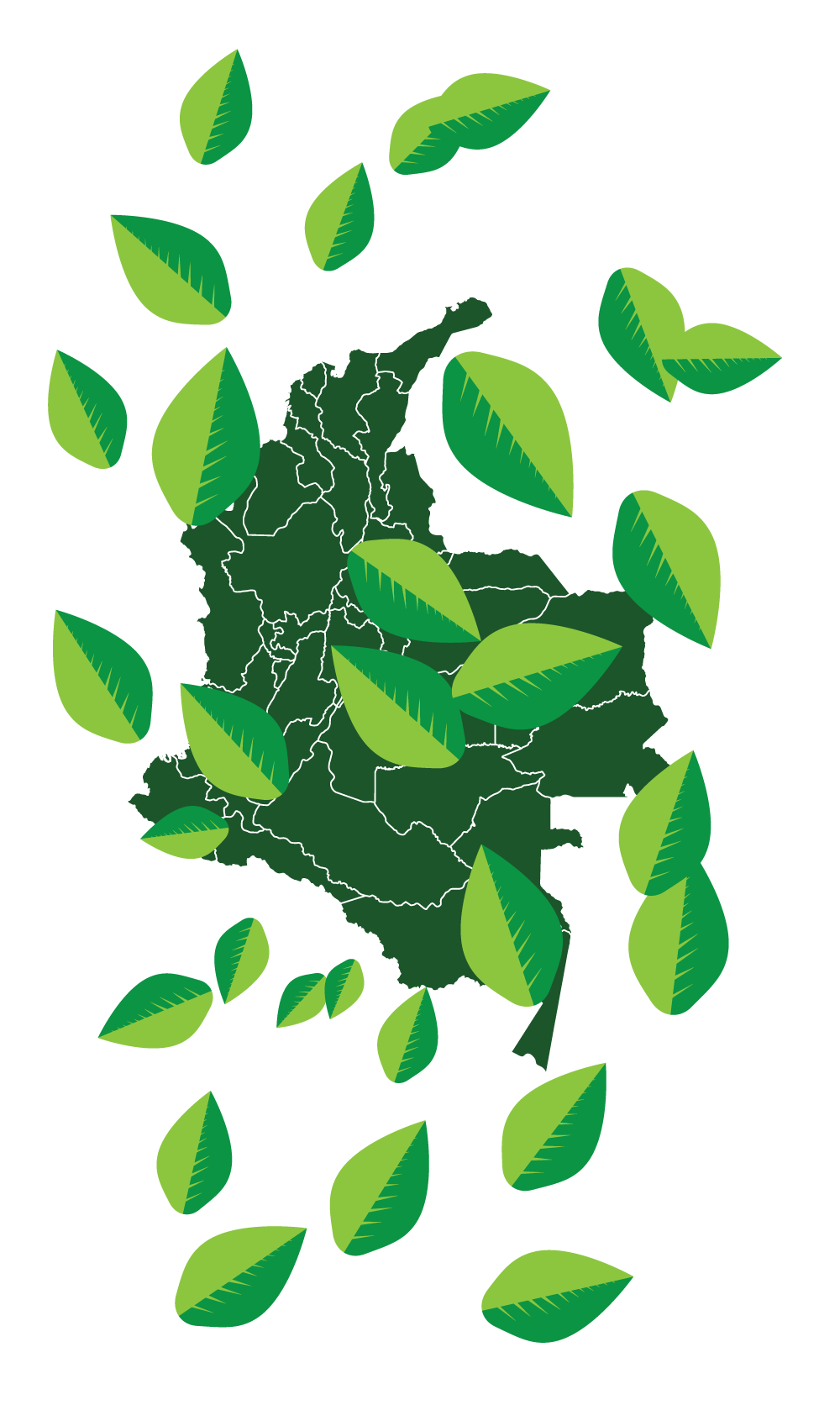Agricultural production of cocaine in the Andean region of Colombia takes up more than 415,000 acres of land despite efforts to reduce coca production in the country.
Since Colombian President Ivan Duque took office in 2018, the government has quadrupled the number of teams tasked with reducing cocaine production throughout the country. According to the Office of National Drug Control Policy, Duque’s government has reduced coca production by 56% more per month than any previous government.
As the United States is one of the largest consumers of Colombian cocaine, the U.S. is working with Colombia in an effort to reduce cocaine cultivation. The ONDCP reported between 2014 and 2017, the number of cocaine-related deaths rose by almost 160% in the U.S., and the number of cocaine users in the U.S. increased by 40%.
“In working closely with President Duque, we are seeing Colombia make progress in accomplishing our shared goal of significantly reducing coca cultivation and cocaine production,” said ONDCP Director Jim Carroll, according to a report by ONDCP. “The partnership between our two countries must remain strong as we fight to meet our objectives, crack down on those profiting off the drug trade and stop the flow of deadly drugs coming into America.”
When Colombian cocaine production peaked in 2018, Duque announced it was his goal to reduce Colombia’s coca production by a minimum of 345,947 acres by the end of his presidential term in 2022. “It is not easy, but that is the goal we want to set,” Duque told The Guardian. CNN reported, despite the president’s goal, cocaine production continues to reach record highs in Colombia.
Colombia is also working with the UN to reduce cocaine production. The UN is assisting Colombia in paying farmers as much as 1 million Colombian pesos, the equivalent of $312, per month if they grow a crop other than coca.
Estimates report some 72,000 Colombian families rely on coca crops to survive. Many farmers are reluctant to change their crops—despite the government’s financial aid—because other crops, such as bananas or avocados, may not allow them to make the money they need to live.
“Regular crops yield low profits,” coca grower Lucia, who declined to give her last name for safety reasons, told Deutsche Welle. “Bananas and cassava sell cheap, so we don’t earn enough to survive. People say that cacao is rewarding, but only for those who have large quantities. No other crop can replace coca.”
“The risk is great, but our needs are greater,” Lucia continued. “If we don’t do this, we would have to go stealing.”
Cocaine production in Colombia not only has negative consequences for the financial stability of local farmers, but it also affects the biodiverse rainforests throughout rural Colombia. Global Forest Watch has reported high deforestation levels in the area that coca plants are grown. Coca cultivation was responsible for at least 24% of deforestation in 2017.
According to environmental news agency Mongabay, every 2.2 pounds of cocaine requires 75 gallons of gasoline to process. To avoid detection by the authorities, some cocaine producers will steal crude oil from the Trans-Andean Pipeline, which then spills into waterways and aquifers in the surrounding area. Mongabay reported the crude oil poses a significant threat to endangered rainforest species.
Authorities have launched investigations into 33 gas stations throughout rural Colombia, believing the stations are selling fuel to illegal cocaine producers since the beginning of 2019. It is believed the gas stations have sold an estimated 70 million gallons of gasoline to cocaine producers.
Riosucio, one rural village with a gas station under investigation, has limited infrastructure and a population of 20,000 people—most of whom move about by walking or by boat—yet this area’s gas station reported 1.2 million gallons of gasoline were sold in 2018, according to Mongabay. This number is comparable to that of the busiest downtown gas station in the nation’s capital.






